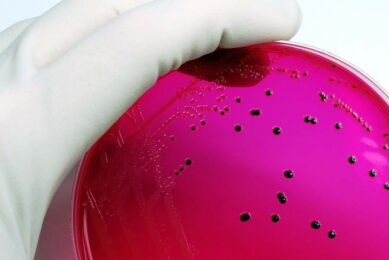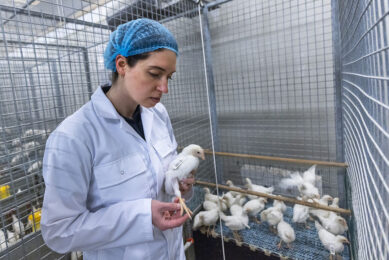High-Tech imaging can distinguish Campylobacter as quick as 24 hours
A type of high-tech imaging can be used to distinguish the food-borne pathogen Campylobacter from other micro-organisms as quickly as 24 hours after a sample is placed on solid media in a Petri dish, according to a study published by United States Department of Agriculture (USDA) scientists.
The researchers, with USDA’s Agricultural Research Service (ARS), used technology called hyperspectral imaging, which combines digital imaging with spectroscopy, to provide hundreds of individual wavelength measurements for each image pixel.
Micro-organisms grown on solid media carry unique spectral fingerprints in the specific portion of the electromagnetic spectrum. A hyperspectral imager identifies these fingerprints by measuring light waves that bounce off or through these objects.
Almost 100% accurate – Salmonella and Campylobacter
This “sensing” technology, which was nearly 100 percent accurate with pure cultures of the micro-organisms, could be used for early detection of presumptive Campylobacter colonies in mixed cultures. The researchers are working toward developing a presumptive screening technique to detect Salmonella and Campylobacter in food samples.
This “sensing” technology, which was nearly 100 percent accurate with pure cultures of the micro-organisms, could be used for early detection of presumptive Campylobacter colonies in mixed cultures. The researchers are working toward developing a presumptive screening technique to detect Salmonella and Campylobacter in food samples.
Findings from this study were published in the journal Sensing and Instrumentation for Food Quality and Safety.
Source: American Meat Institute (AMI)













